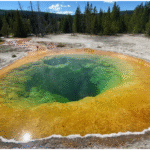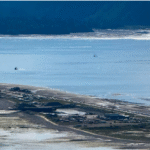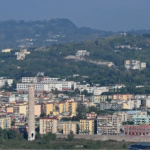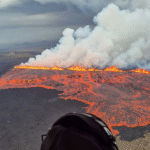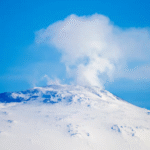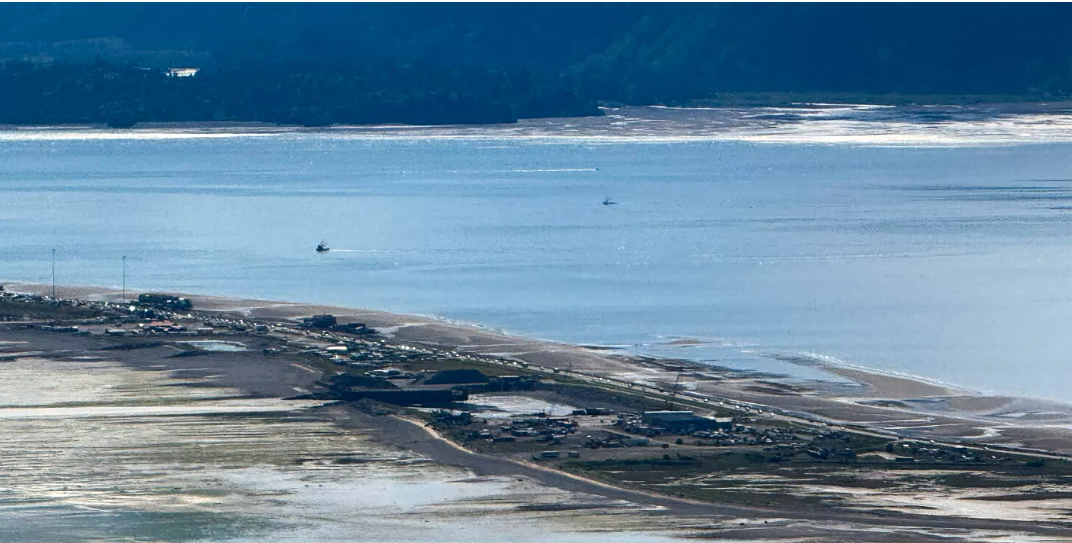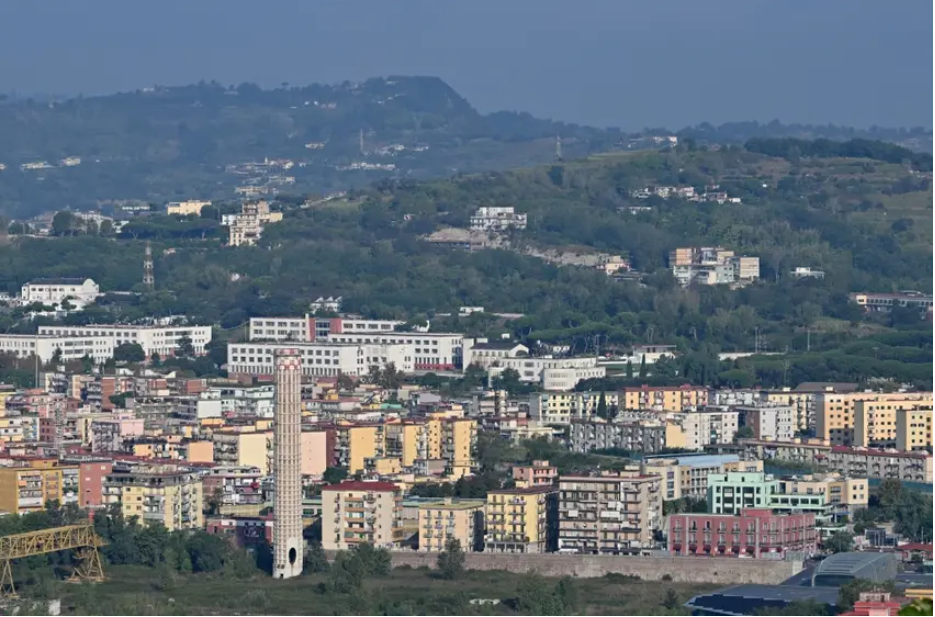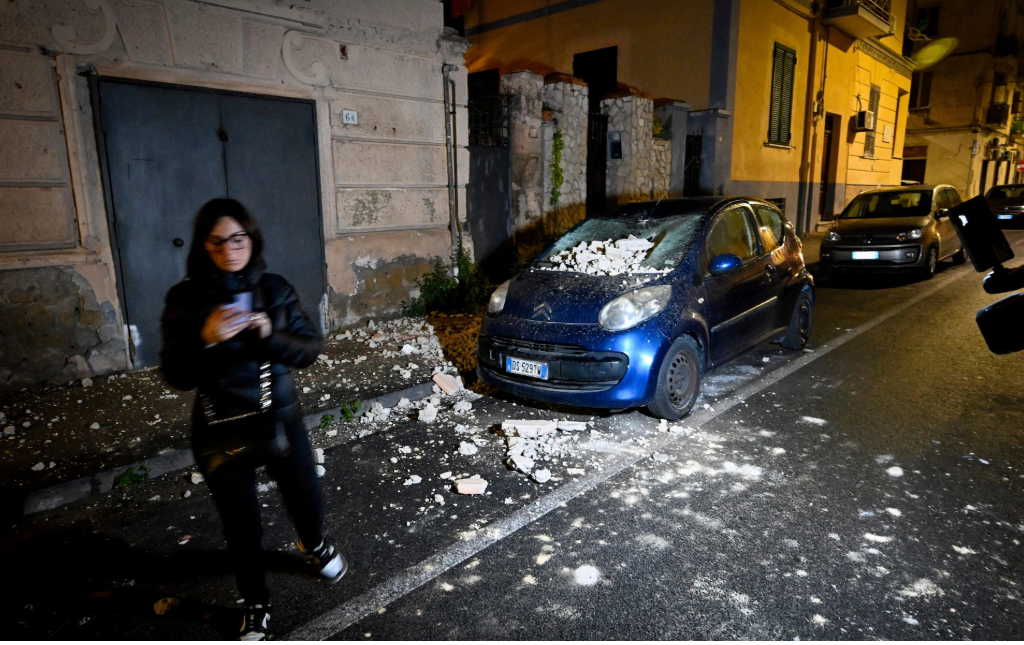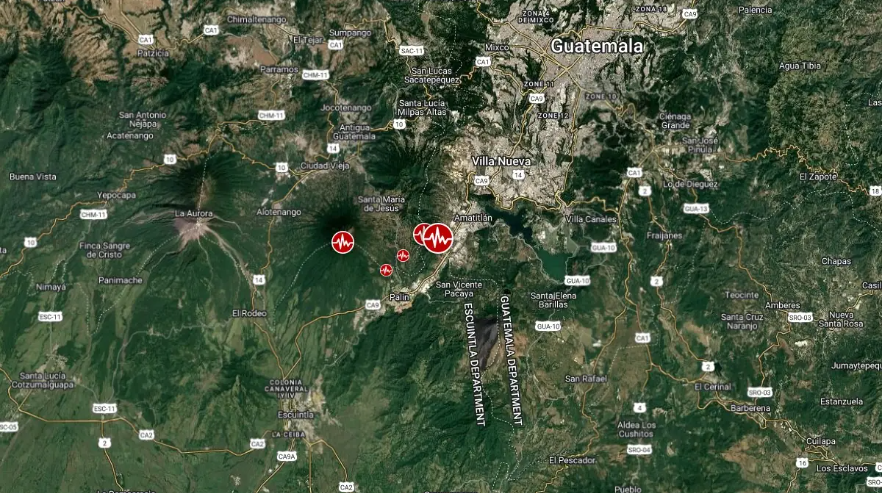When the Ground Speaks: A Night of Rattled Nerves
As someone who’s tracked seismic activity in the Philippines for years, I can tell you: when earth moves here, it demands attention. On June 28, exactly 00:24 AM, a M4.6 earthquake shakes Davao Oriental—struck roughly 63 km S-E of Manay at 34 km depth. I felt it myself; that shallow jolt is unmistakable. PHIVOLCS confirms it was tectonic origin, no volcanic link, but let’s be clear: 4.6 magnitude isn’t just a number on a screen. For communities in towns like Governor Generoso, it was a wake-up call—chairs moved, windows shook, and nerves rattled.
Davao Oriental sits atop the active Ring of Fire, where plates constantly collide. Just four days ago, on June 24, a powerful M6.3 quake rattled the same region. Now, this follow-up tremor in the same zone begs the question: aftershock or new threat brewing? PHIVOLCS labels it tectonic—plate movements deep under the earth at play. Shallow, tectonic events are a perfect combo to raise public concern without major damage, but the emotional effect is high. Local testimonies describe light shaking—mild rocking enough to wake some and alarm others.
Intensity III–IV was recorded—felt distinctly indoors but unlikely to cause structural impact. Still, it disrupts sleep and fuels general unease. Felt quakes trigger fear beyond physical danger, especially when you live here and know the history. Recall August 12, 2021: a massive M7.1 quake struck Mindanao at ~55 km depth, claiming one person’s life. Or June 2024’s M6.3 that shook this same region. These events shape local building codes and emergency awareness.
Today’s smaller quake fits a pattern. Days before, PHIVOLCS logged smaller quakes—2.0, 2.4, 3.0 magnitude on June 28. Classic foreshocks or aftershocks? Comparing to past events like June 26’s M2–M2.4 at ~23–34 km depth, we see a clear seismic string: small jolts, then a bigger one. This sequence suggests stress redistribution, not random. If the pattern continues, the next could hit 5.0+—where structural impact becomes real.
Depth matters. At 34 km, it’s shallow enough to be felt but usually too deep to cause surface crash. Shaking may damage small structures or older homes—think rattled dishes, not broken walls. Had it been 10 km depth, we’d see worse. Impact remains moderate, but audiences, this is why tracking small quakes matters. Seismologists like Dr. Santos from PHIVOLCS monitor these swarms because they cascade—one quake triggers another. He says: “Shallow quakes under 50 km redistribute stress; watch aftershock pattern closely.” Hinting at a possible M5+ in coming days, this is expert-level caution, not alarmism.
The Philippines sits where the Philippine Sea Plate dives under the Eurasian Plate. This subduction zone fuels earthquakes and volcanic unrest. Nearby, Kanlaon Volcano erupted multiple times this year (April, May 2025). Activity isn’t isolated; west volcanos, east seismic belts—the region is alive. The April 2025 Kanlaon eruption displaced thousands. Yesterday’s quake reminds us: energy flow underground doesn’t respect borders.
For those in Davao Oriental, prepare. Have an emergency kit: flashlight, water pack. Check building resilience—doors that won’t jam, secure furniture. Practice a family plan; everyone knows what to do in seconds. Simple steps save panic: duck-under desk drills, helmet for falling items. This quake didn’t break walls, but vigilance is power. Stay alert, stay safe—together, we stand strong.
